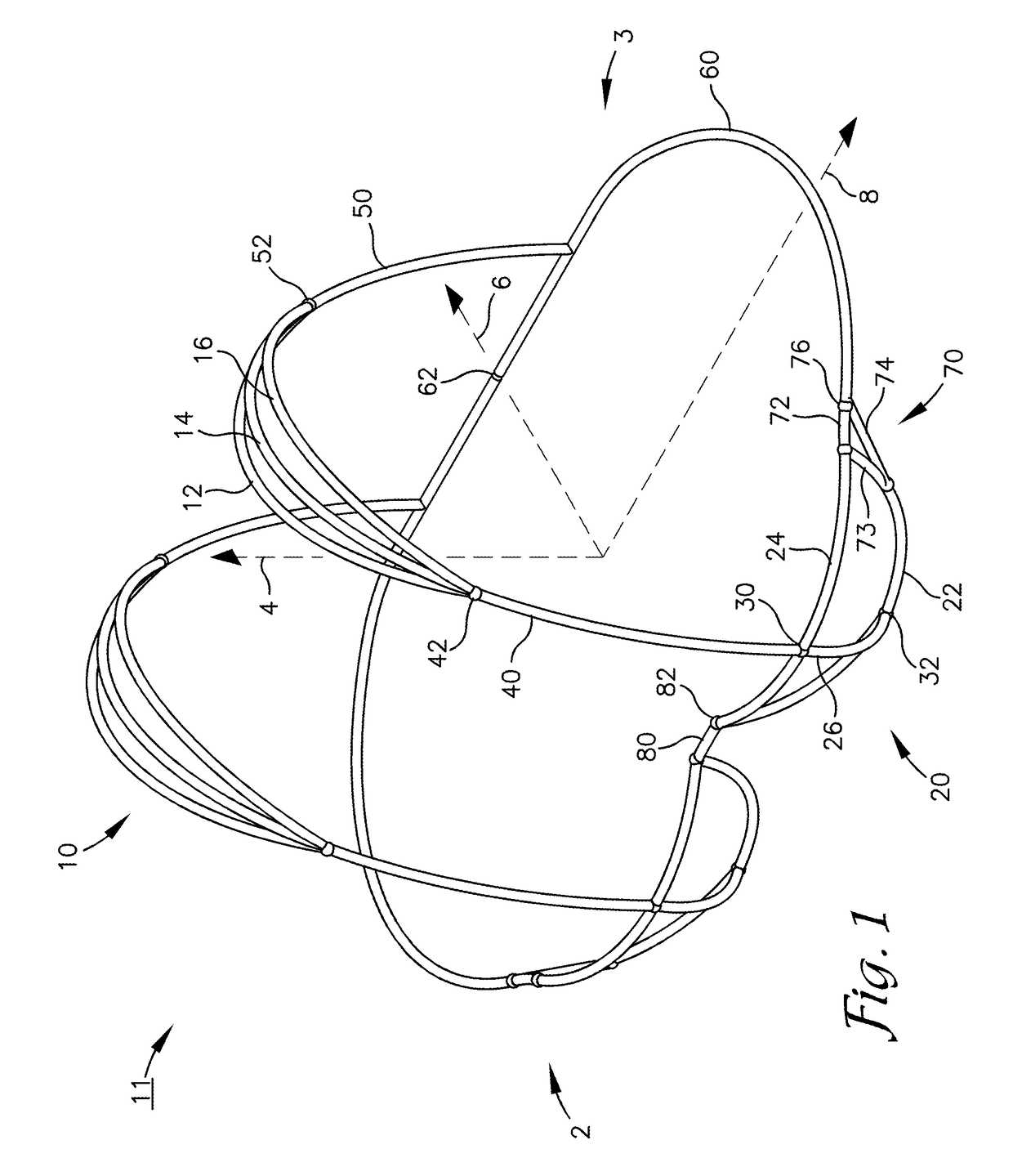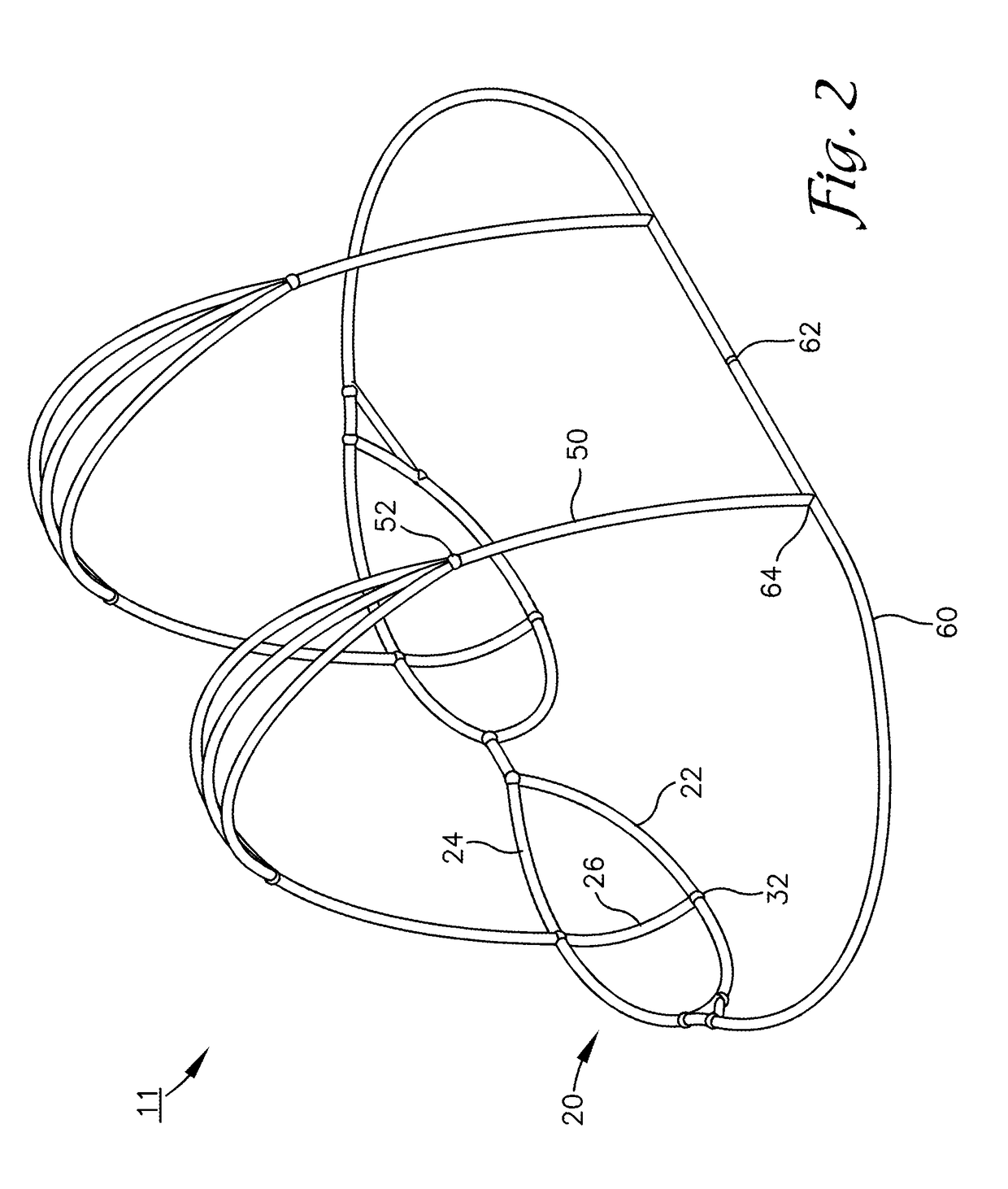Modulating chest support structure
a chest support and modular technology, applied in the direction of brassieres, garment suspenders, apparel, etc., can solve the problems of poor posture, increased pain, and increased stress on the thoracic spine of women around the globe, and achieve the effect of improving the chest support structure and reducing the stress and strain on the thoracic spin
- Summary
- Abstract
- Description
- Claims
- Application Information
AI Technical Summary
Benefits of technology
Problems solved by technology
Method used
Image
Examples
Embodiment Construction
[0063]As required, detailed embodiments of the present invention are disclosed herein; however, it is to be understood that the disclosed embodiments are merely exemplary of the invention, which may be embodied in various forms. Therefore, specific structural and functional details disclosed herein are not to be interpreted as limiting, but merely as a basis for the claims and as a representative basis for teaching one skilled in the art to variously employ the present invention in virtually any appropriately detailed structure.
[0064]Referring to the drawings in more detail, the reference numeral 11 (FIGS. 1-6) generally designates one embodiment of an improved exoskeleton brassiere support structure adapted for supporting weight of received breast (not shown) and dispersing the weight using a new and improved structure in a new and improved way to reduce the stresses and strain exerted upon a spinal column. Reference numeral 10 (FIGS. 1-3 and 5) generally designates an improved hyp...
PUM
 Login to View More
Login to View More Abstract
Description
Claims
Application Information
 Login to View More
Login to View More - R&D
- Intellectual Property
- Life Sciences
- Materials
- Tech Scout
- Unparalleled Data Quality
- Higher Quality Content
- 60% Fewer Hallucinations
Browse by: Latest US Patents, China's latest patents, Technical Efficacy Thesaurus, Application Domain, Technology Topic, Popular Technical Reports.
© 2025 PatSnap. All rights reserved.Legal|Privacy policy|Modern Slavery Act Transparency Statement|Sitemap|About US| Contact US: help@patsnap.com



